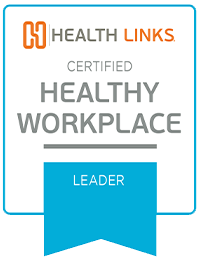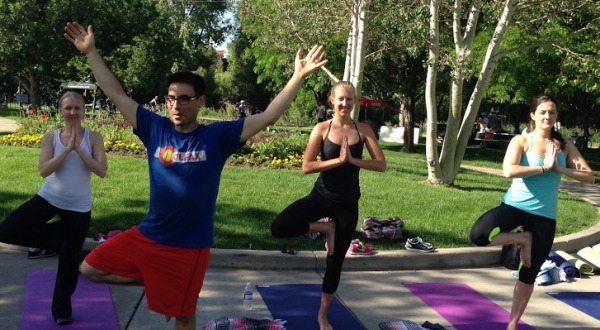
Colorado Department of Public Health and Environment
What does being a healthy business mean to your organization? How does it reflect the company’s values and business goals?
The Colorado Department of Public Health and Environment’s mission is to protect and improve the health of Colorado’s people and the quality of its environment, and our efforts start close to home. We work hard to provide a wide variety of benefits that make it easier for employees to care for their children, partners and parents. We understand our employees don’t live to work, so we strive to create an environment that provides balance. We believe in a comprehensive approach to employee health, wellbeing and safety, and have implemented a host of programs, policies and benefits that appeal to a workforce with diverse needs. We engage and involve our employees at all levels to design, plan and implement our programs. Through volunteer leave, flex place, flex time, lactation rooms, wellness and safety activities, and employee resource groups, we make it clear we believe in the benefits of balance.
How has Health Links helped CDPHE build a culture of health and safety?
Health Links has helped CDPHE build a culture of health and safety by providing a wide array of employee outreach and educational tools, which are routinely promoted in our internal communications and by our extensive network of employee champions. The certification has also helped us focus our attention on integrating wellness and safety programs throughout the organization, which has led to creation of a combined wellness and safety position in our Office of Human Resources.
What changes have you seen among your employees, their families, and the surrounding community as a result of your program(s)?
Our collaboration with Health Links has helped us evaluate our policies, programs and benefits so we can better identify what efforts already are in place to create a Family Friendly workplace, and to determine where we might be able to improve. Through that process, we were able to take inventory of the wide variety of existing programs and policies that improve the lives of our employees. That laid the groundwork for establishing a Family Friendly toolkit that can be used by other state agencies and businesses interested in improving their workplace programs. In addition, it gave us the chance to promote those efforts with current and potential staff. With increased awareness, more employees can take advantage of our Family Friendly policies. The designation also is helping us recruit a more diverse workforce.
Does your health and safety program help give back to your community?
As Colorado’s public health and environmental health agency, our work and funding involves many outreach and engagement efforts in communities across Colorado. CHPHE has increased our collaboration with our community partners, including the American Heart Association, American Diabetes Association, American Cancer Society, and the Colorado Business Group on Health. As an employer and member of the community we serve, we encourage staff to volunteer their time and provide 18 hours of voluntary paid leave. At our Lowry and Glendale offices, the department’s wellness committee and Green Team work closely with municipalities, non-profit agencies and community members to support community-wide initiatives to clean up our neighborhood, reduce traffic congestion, increase physical activity and lower our carbon footprint through recycling and lower energy consumption.
What tip/advice would you give to a business that is considering starting a workplace health and safety program?
Wellness and safety programs do not necessarily require a lot of money, but the return on investment is invaluable. Before you begin, think of your employees holistically, and evaluate your work environment, culture, and safety policies to determine what you are doing to support employee health and wellbeing. Before implementing wellness and safety programs, it’s helpful to make sure you have buy-in from your top leadership. That will make it easier to establish policies that will endure regardless of changes in leadership, staff or priorities. Think of simple things you can implement easily - creating a tobacco-free workplace or providing water rather than soda in vending machines costs little or nothing. Providing injury prevention/ergonomics at work stations not only improves morale but decreases the use of sick time. Those are just a few of the many efforts that can create a more productive workforce and help recruit a diverse pool of job candidates. Don’t forget to take stock of what you already are doing well. Then you can create a plan to address issues that might need improvement. Developing wellness and safety programs - and engaging employees in the process - can be creative, collaborative process that improves morale, increases productivity and helps create a more healthy, more happy, workforce.

CDPHE

CDPHE